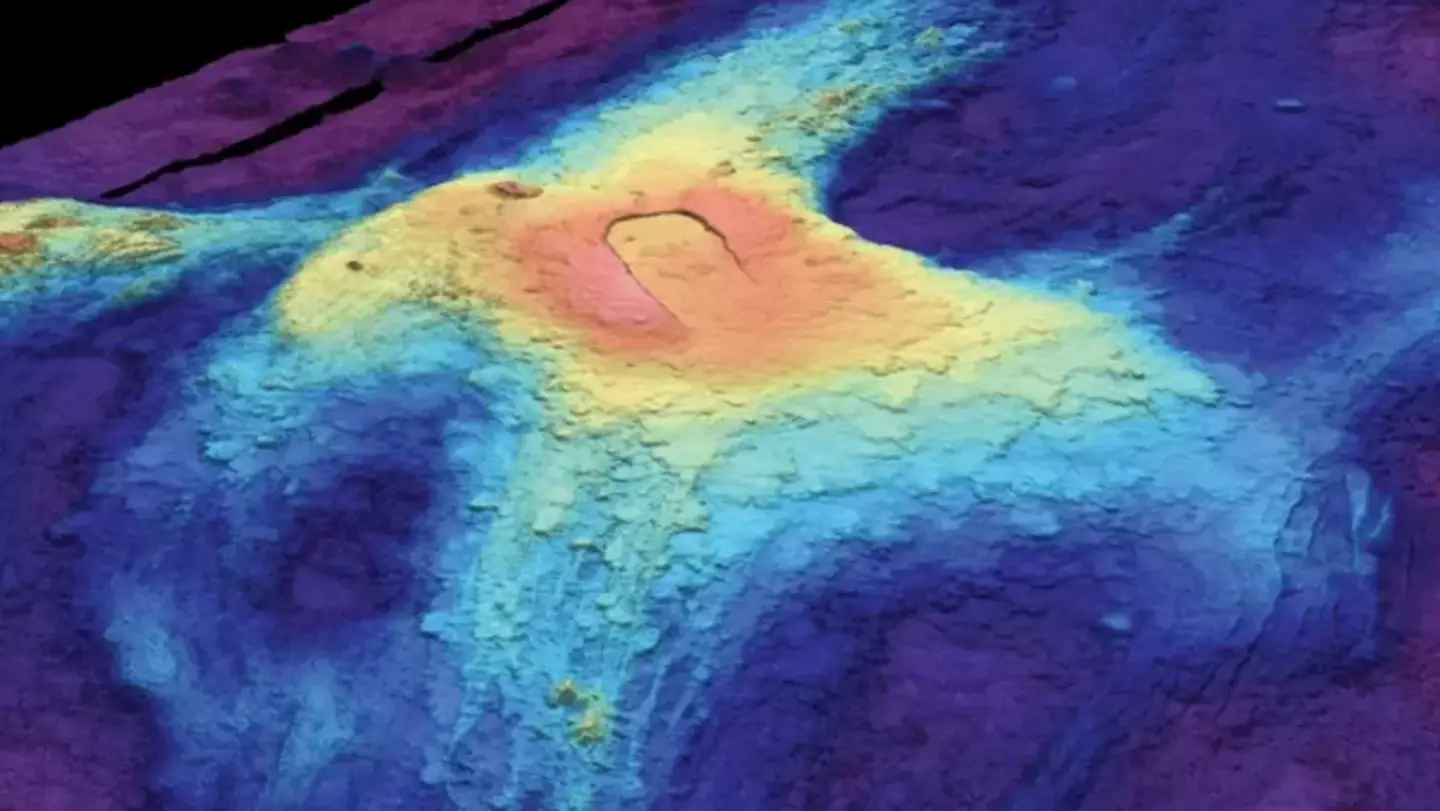
What could happen when huge underwater volcano erupts as scientists say it could be 'any day now'
The Axial Seamount will have a colossal impact on its surrounding area
Featured Image Credit: Susan Merle/Oregon State University
Topics: Environment, World News, Science
 Joshua Nair
Joshua Nair
Joshua Nair is a journalist at LADbible. Born in Malaysia and raised in Dubai, he has always been interested in writing about a range of subjects, from sports to trending pop culture news. After graduating from Oxford Brookes University with a BA in Media, Journalism and Publishing, he got a job freelance writing for SPORTbible while working in marketing before landing a full-time role at LADbible. Unfortunately, he's unhealthily obsessed with Manchester United, which takes its toll on his mental and physical health. Daily.
@joshnair10